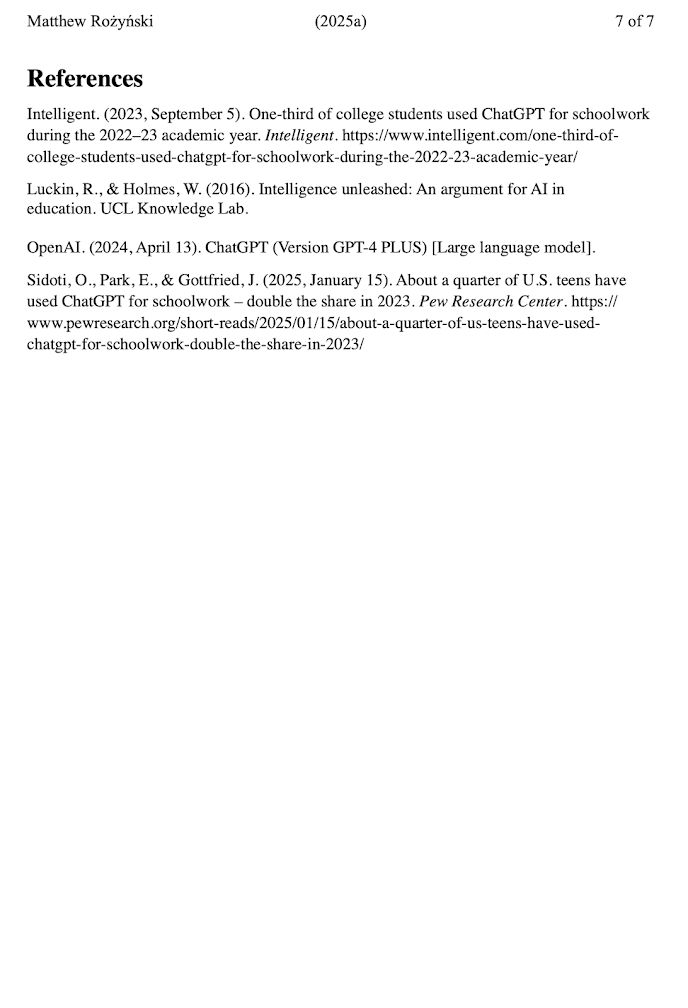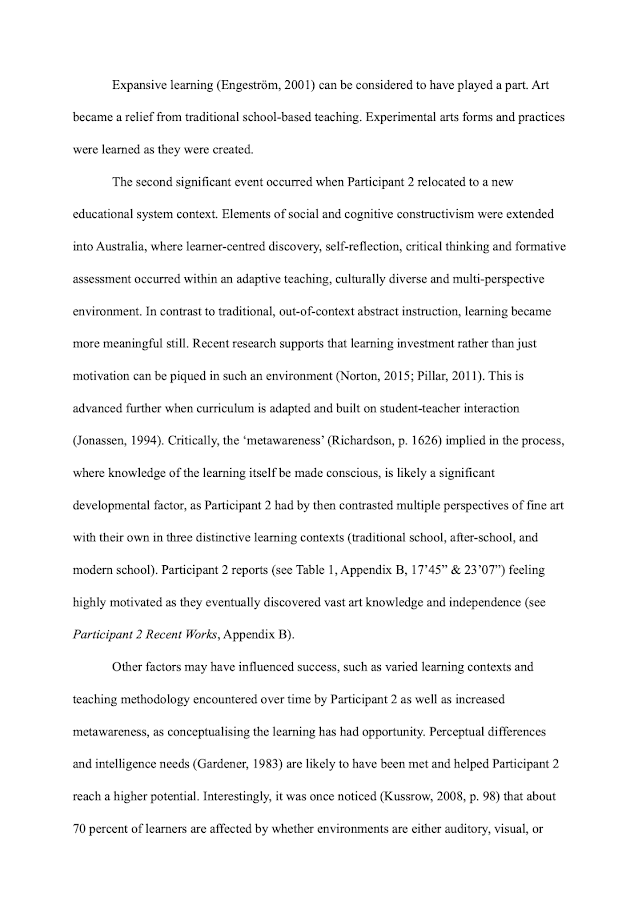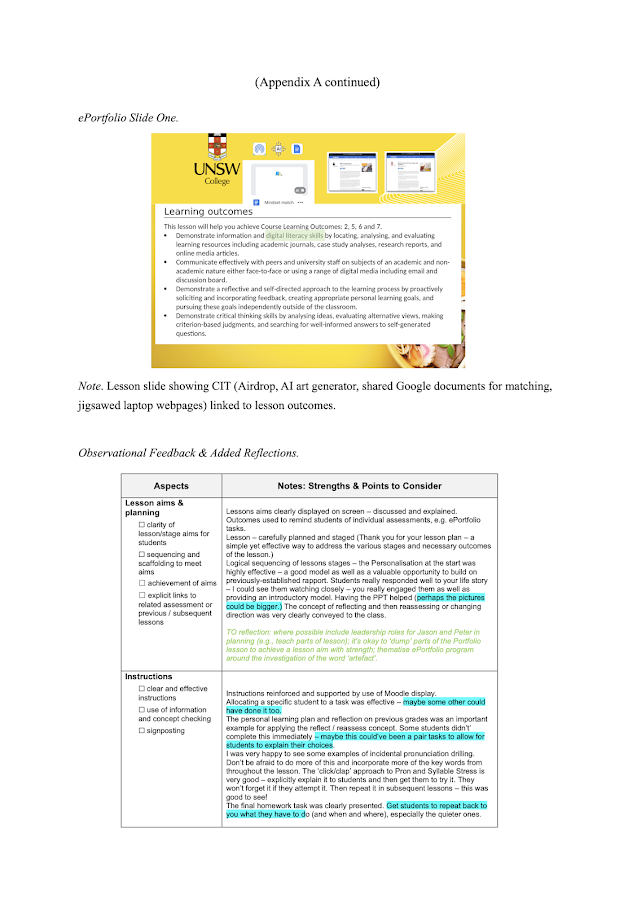Professional Development Journal of Matthew Rozynski
Academic English Facilitator. M.Ed (ACU on-line, interrupted). B.Ling.Sc (Macquarie Uni.). Dip. Lang. Spanish (University of Sydney). TESOL+CELTA (International House Sydney.) Film & TV cert. III (Sydney TAFE). Spanish speaking (University of Buenos Aires + 5 years' immersion). Pathways to either Secondary Teaching Spanish (1) & English subject (2) OR other opportunity amid the journey.
Saturday, December 20, 2025
Saturday, October 18, 2025
Friday, May 16, 2025
Monday, March 31, 2025
Presentation: Reflection on AI Chatbots within an Integrated Speaking Curriculum
Blurb: In this Community of Practice session, Matthew and Nemira will guide a practical, honest conversation about integrating AI chatbots into classroom teaching.Designed for teachers new to using AI in lessons for speaking activities and to aid diagnostics, the session explores real challenges faced in a new FS Standard / UEEC 10 curriculum, from managing technology to assessing speaking during a chatbot-driven diagnostic. You’ll hear from those who’ve just navigated it, learn what worked (and what didn’t), and walk away with practical tips and reassurance.
This is a space to ask questions, share concerns, and build confidence together. Come along for a real talk, shared insights, and collaborative support.
Snippets of CoP structure notes
Samples of CoP Slides
Team Chat Group: 'AI Support Line'
Feedback
"Hi Namira / Matthew,
I found today's presentation very valuable. I feel far more confident having seen your presentation.
The tips are excellent.
This presentation has prepared me for what lies ahead.
~
Thank you both for the insightful and engaging session. I found it incredibly helpful, especially as I have been incorporating Al in my classroom, though not specifically with Al Chatbots and Integrated Speaking activities.
The opportunity to work in small groups during the practical component was particularly valuable. Using prompts in that context helped clarify how Al can effectively support speaking activities and aid in diagnostic assessments. I've learned so much from the presentation and the practical strategies shared, and I'm excited to explore this topic further and implement these ideas with my students.
Many thanks also to Amelia for organising such a relevant and well-structured workshop.
Kind regards,
~
Hi Matthew and Nemira,
Thank you for the materials you have sent.
It was a fantastic Al CoP session yesterday- can't wait to use this teaching strategy in class!
Could you please send me the link to the recording of the Cop
Meeting?
Thanks,
~
Thanks again for the session! I was just wanting to do a practice of the activity again - my group had tech trouble and we didn't get very far. I want to see whether my ageing Samsung can cope!
~
Thank you both.. Really appreciated!
~
Hi Nemira and Mathew, (and attendees ;-)
No no no no no...thank YOU! ;-)
It was a great session. Very illuminating!
~
Thank you, Matthew and Nemira!
It was a fascinating experience. I feel like I know a lot more of what's ahead and understand how to better approach it.
Much appreciated.
~
Good morning,
Is it possible to get a recorded session?
Thank you
~
Thank you, Matthew, Matthew and Nemira.
Regards,
~
Hi Nemira, can you please add me. Also is there a recording?
Well done!
Very interesting.
I managed to write my first three major essays (for M EdLead) on Al Leadership and handed them in only a couple of weeks ago and it seems the college has progressed even further in that short amount of time!
~
Thank you so much!
Kind regards,
~
Thanks for your reply Matthew.
It was such a good session for anxious newbies such as myself so I really wanted to review the "in-class" experience - especially as regards the executing of the activities.
I've viewed your resources - and also dipped into the UNSW stuff.
Thanks for everything
~
Hi Matthew,
Thanks again both of you, for yesterday's marvellous session.
on here - I was one of the "on-line" attendees."
Sunday, March 30, 2025
Teachers of Intl Students in Sydeny In-class AI Perception (Rozynski, 2025b)
Saturday, March 29, 2025
Sunday, November 03, 2024
Subscribe to:
Comments (Atom)






















.png)










































